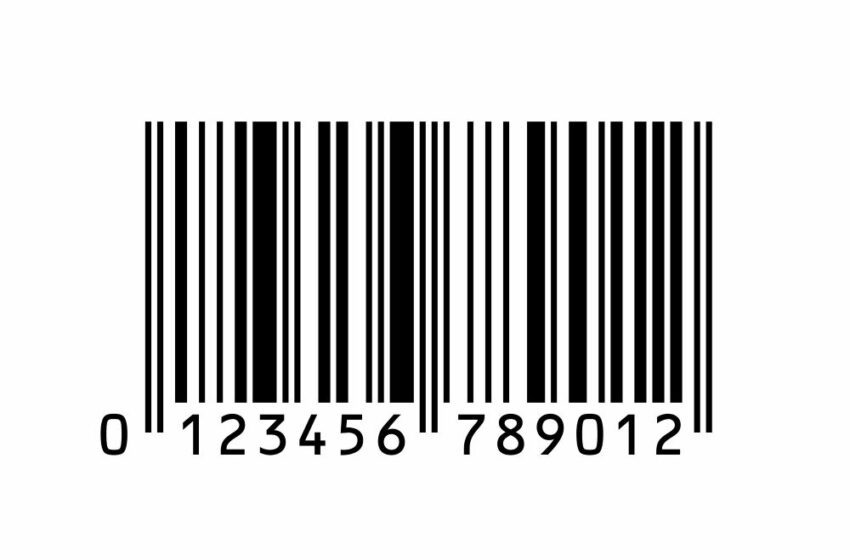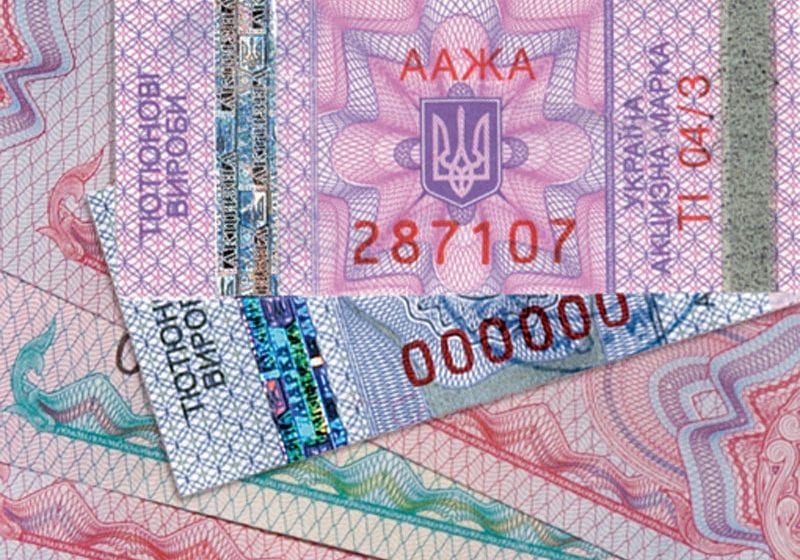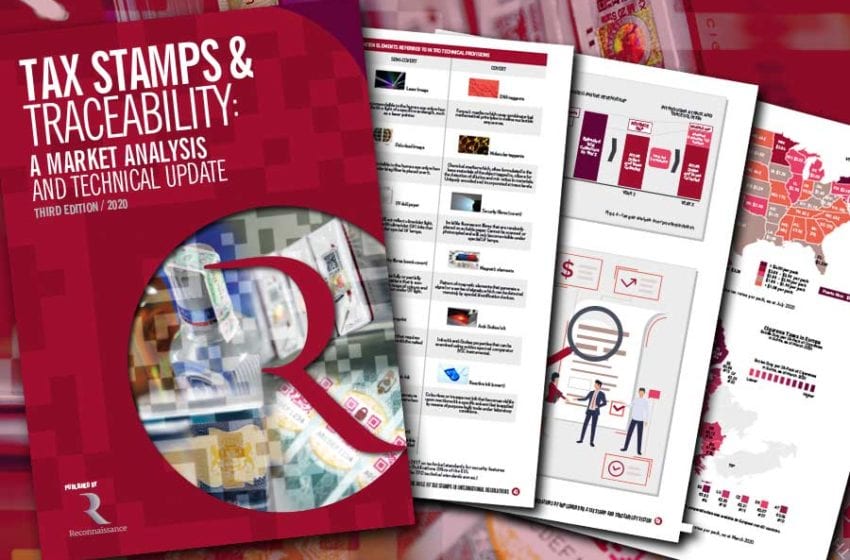It supports a bill regulating the procedure for collecting excise taxes and their administration.Read More
Tags :tax stamps
Paul Dunn looks at how holography plays an effective part in tax stamp programs. Read More
The ITSA is concerned about the misuse of the term 'tax stamp' by solution providers.Read More
Widely used for tobacco , tax stamps can also benefit vapor and cannabis, says new report. Read More
Properly implemented programs can help governments recoup much-needed revenues.Read More
Delay will give locked-down retailers and manufacturers more time to prepare. Read More
Leading players in the tax stamp industry have established The International Tax Stamp Association (ITSA). The new body’s mission is to contribute to a better understanding of the benefits of tax-stamp technology and to Read More







